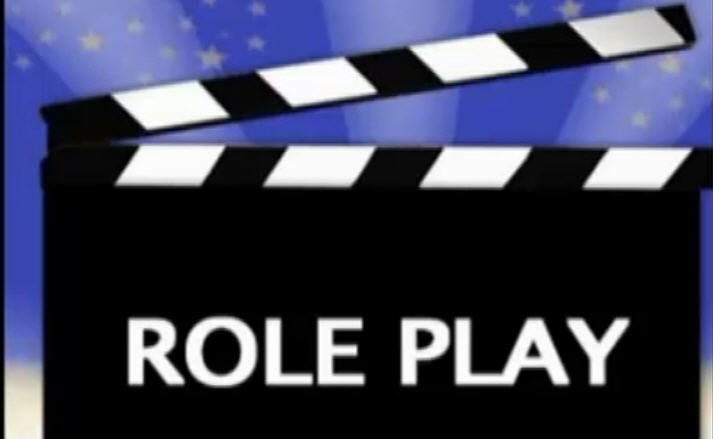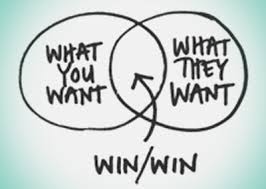Very rarely is one person alone brilliant at many things. Most likely we have one thing that we possibly are brilliant at, a few things we are good at and the rest we wouldn’t offer our services for.
Businesses have always employed diverse groups of people with different skillsets to work as a team. Multiple brains are better than one or none of us is as smart as ALL of us, as the adage goes.
The problem with this team set up is that each person with her different skillset has a completely different idea / perspective / driver to the other and this can cause huge conflict in the workplace.
Retail is a great example of a fast evolving business segment where a diverse group of people work together on large scale projects. Not only does e-commerce mix with bricks and mortar retail, we now have conversation commerce and experiential digital products in store offering the customer exciting new brand experiences.
This means that a hugely diverse range of people, with different skills sets and ways of working are forced to work together. Their unique goal is to create one holistic and continuous brand experience across all touch points. Imagine meeting rooms with creative director, technical director, store development director, ecommerce director, head of social and so on…. all in one room with different priorities and different perspectives.
‘It needs to feel more sophisticated and the interaction needs to be more beautiful…’ Creative Director
‘It needs to function first and that’s the most important thing here, a bit of styling can be done at the end…’ Technical Director
‘Social media is the no.1 way we are communicating these days so I need the social media feed at the top so people can see it…’ Head of Social
‘That’s not how I want to lay out the page…’ Creative Director
The key to working in a diverse team is compromise and negotiation, however people just don’t like to compromise, especially when they have strong ideas and think they are right. Compromising and negotiating are important life skills. Without compromise it is very difficult to work together successfully and harmoniously. Don’t we all want a harmonious, relaxed working environment?
Compromising
A willingness to compromise is a sign of great conviction and shouldn’t be seen as weakness. All you’ve got to do is give a little to get something that you want in return.
Can you remember a time when you didn’t want to compromise and this made things worse? Understanding each other’s perspectives is key and often our ego prevents us from seeing the merits of somebody else’s case. The best way to understand someone else’s point of view is by asking open-ended questions and by truly LISTENING to the answers. Of course we all feel a variety of emotions – frustration, anger etc – in the workplace. How we manage our emotions is the important part. Emotional discipline in other words.
- Why do you feel like this?
- How can we find a way that we are both happy with?
- Can you explain your thinking a bit more?
- What can I do to help you understand my perspective better?
- How can we come to a solution which works for both of us?
Negotiating
An ability to negotiate means that you have more chance of getting what you want even if it’s not 100%. Negotiation is a collaboration where both parties are winners.
- Let people tell their side of the story
- Create rapport with the person as people are easily influenced by people they like
- Explain the downfalls if the other person doesn’t take your ideas on board
- Think Win Win as the best outcome
- Ask what you can do for the other person
- Manage your own emotions
If you are still not getting anywhere ask for a demonstration or visit their side of the office, build rapport and have a really open workshop together.
Diverse teams of specialists are put together to create brilliant outcomes. Try and make the process easier for yourself by learning the art of compromise and negotiation and get great results for everyone.
Read more about Communication Skills Training
Read our other blog posts discussing Communication Skills
Sartaj Garewal is the founder of Dynamic Presenting – a creative, leadership development consultancy, adapting theatre training to create leadership programs for business.
Dynamic Presenting – Enabling Powerful Communication



